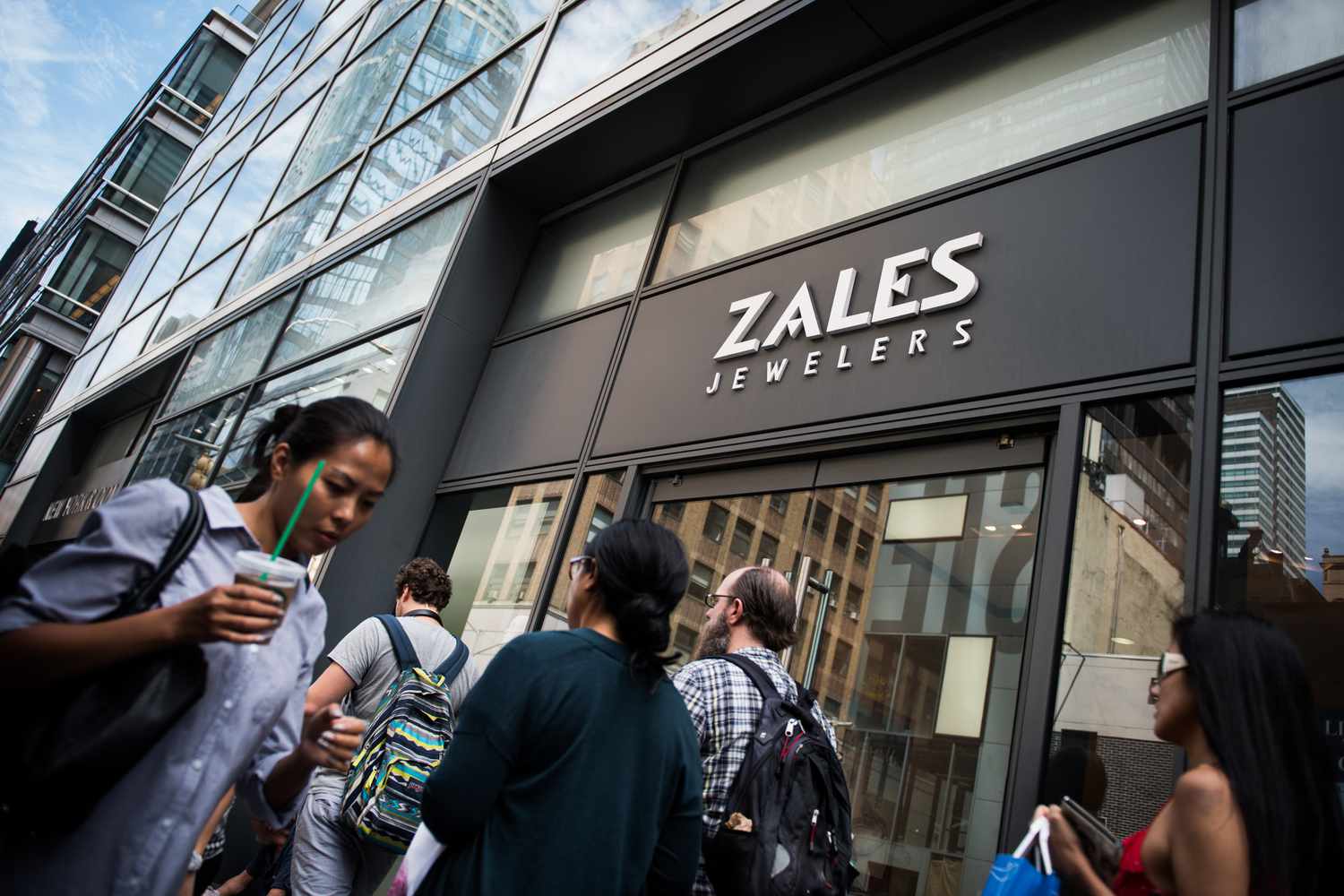Annuities offer another income stream to help fund your golden years and may reduce the risk of running out of retirement savings. However, it’s important to recognize that purchasing an annuity may be more expensive than other forms of retirement income.
Here’s a look at the different types of annuities, who should and should not consider buying one, and common annuity pitfalls so you can decide if buying an annuity is right for you.
Key Takeaways
- Annuities provide a guaranteed income stream, beneficial for future retirees seeking financial security later.
- Risk-averse or inexperienced investors may find annuities appealing due to their principal protection features.
- Annuities may not be suitable for investors seeking high growth or those with short-term financial goals.
- Understanding personal financial goals is crucial before deciding on an annuity.
Understanding Annuities
An annuity is a lifetime income plan. In exchange for paying premiums, individuals are guaranteed a fixed or variable income stream either immediately or in the future.
Generally, there are two different ways to purchase annuities. One option is an immediate payment annuity, which is purchased with a lump-sum payment. As the name explains, purchasing this type of annuity means that the payments to you start immediately. Another option is a deferred payment annuity, which is funded through deposits over time and begins paying out at a specified future date.
Both immediate payment and deferred payment annuities come in three different varieties: fixed, variable, and equity-indexed. Each kind comes with its own risks, fees, and level of certainty.
Types of Annuities
Fixed annuities come with a guaranteed rate of return that is fixed at the time of purchase. Upon purchase, you’ll be informed of the guaranteed income stream. This may be for a fixed period, such as 20 years, or an indefinite period, such as your lifetime. However, the risk involved is that the income you receive may become insufficient over time due to the effects of inflation.
Variable annuities provide investment accounts called “sub-accounts,” which function similarly to mutual funds and allow you to take advantage of market growth. This type of annuity is popular since there’s a lower risk of your income stream being eroded by inflation compared with fixed-rate annuities.
Your income stream may fluctuate depending on the market performance of the investments of your sub-accounts. It’s worth mentioning that variable annuities typically carry commission fees, sometimes more than 5%.
Equity-indexed annuities are a form of fixed annuities with a portion tied to the stock market, which may help offset the risk of inflation. Insurance companies may credit you based on changes in a particular index, such as the S&P 500 Composite Stock Price Index.
The insurer may use something called a “participation rate” to determine how much of your stock market gains they will keep to ultimately offset their risk. This is because they’re required to keep paying you even if the market tanks. The one key benefit of an equity-indexed annuity compared with a variable annuity is that there’s less downside risk to you.
Tip
Popular financial companies like Fidelity Investments and Charles Schwab offer various annuity products for purchase.
Qualified vs. Non-Qualified Annuities
Further, annuities can be funded either with pre-tax or after-tax money. You can purchase a qualified annuity with pre-tax money. In this case, you will pay taxes on both the principal and earnings upon withdrawal.
Alternatively, you can purchase a non-qualified annuity with after-tax money. Here, you will pay taxes only upon earnings when you withdraw from the annuity.
Who Should Consider Buying an Annuity?
Retirees Seeking Income Security
One of the primary reasons retirement planners may consider an annuity is for guaranteed monthly income. Especially with a fixed annuity, you’ll know exactly what your monthly income will be, so you can carefully plan your budget. This is a great option for anyone who feels they may not be able to manage their retirement portfolio effectively.
Risk-Averse Investors
If you’re looking to protect your principal from inevitable market volatility over time and mitigate financial risk, purchasing an annuity is a smart idea. While some annuities may not keep up with inflation or may be subject to market swings, they don’t come with financial risk since you’re guaranteed an income stream for a determined period.
Individuals With Longevity Concerns
If you’re relatively healthy and have a family history of good longevity, purchasing an annuity might be a wise decision. Locking in an annuity early in retirement can provide a guaranteed income stream for life, even if you end up outliving your retirement savings.
Who Should Avoid Buying an Annuity?
Investors Seeking High Growth
If you’re looking for high-growth investments, an annuity may not be your best option since it may limit your long-term financial growth. For example, a fixed annuity may lose real value due to inflation’s effects on the buying power of your money, and a variable annuity may carry high commissions, which could eat into your potential gains.
Important
Read the fine print before purchasing an annuity. For example, some fixed annuities may have a minimum guaranteed interest rate of 0%. So, while you won’t lose the principal, your money will not grow.
Additionally, some annuities offer a higher guaranteed interest rate that only lasts for the first year, otherwise known as a “teaser rate.” After that, the interest rate may drop significantly.
Those With Shorter Investment Horizons
If you’re looking to invest your money to achieve a specific financial goal, such as retiring in a few years or making a big purchase like a new car, an annuity is probably not the right option. Annuities are designed to provide consistent income during retirement, not significant financial gains in the near term.
Individuals Unwilling To Pay High Fees and Taxes
You need to be aware that annuities typically carry fees. A “mortality and expense” fee, for example, is typically 1.25% per year. Additionally, some annuities have rider fees depending on which options you choose.
On top of that, if your heirs inherit your annuity, their tax liability will be based on the terms of the contract. How much of the distributions are taxable depends on how the annuity was funded.
If you purchase a qualified annuity, you’re using pre-tax dollars. When your beneficiaries receive distributions, the entirety of each payment will be taxed at ordinary income rates. Non-qualified annuities, on the other hand, are after-tax, and so your heirs will only be on the hook for taxes on earnings.
Note
Other taxes and rules may apply, depending on how the annuity is structured. For example, if you hold a qualified annuity in an individual retirement account (IRA), your beneficiaries may be required to withdraw the entire amount within 10 years of your death.
Making the Decision: Is an Annuity Right for You?
Evaluate your needs when deciding whether an annuity is right for you. For example, if you don’t feel well-equipped to manage your retirement portfolio and you expect to live a long and healthy life, an annuity might be right for you. You’ll lock in a guaranteed monthly payment for a fixed period, or for the rest of your life, depending on the specific terms of your annuity.
However, if you feel confident in managing your retirement portfolio, you have an adept financial advisor, and you prefer to take on more risk, there may be better options to grow your wealth in perpetuity.
What Are the Potential Risks Associated With Annuities?
Some potential risks associated with annuities include an erosion of purchasing power due to the effects of inflation (especially with fixed annuities) and the loss of capital due to commissions and fees. Additionally, you may miss out on significant financial growth opportunities if you sink your money into purchasing an annuity versus other types of investments.
Can Annuities Be Inherited by Beneficiaries?
Yes. Some annuities may be inherited by spouses, non-spouses, or non-person entities, including trusts or charities. Annuities may also allow you to set multiple beneficiaries.
What Are the Tax Implications of Purchasing an Annuity?
When you start collecting payments from your annuity, they’re generally subject to your ordinary income tax rate. If your heirs inherit your annuity, they may be subject to tax liability on the entire amount or solely the earnings from the investment, depending on the type of annuity you purchase.
The Bottom Line
Annuities are a great option if you don’t feel well-equipped to manage your retirement portfolio and you want to ensure you’ll never run out of money in your golden years. Whether it’s a fixed annuity, variable annuity, or an equity-indexed annuity, do your homework to understand the fees you’ll owe and potential tax liability you and your heirs may incur.
It’s important to recognize your long-term financial goals when considering whether or not to purchase an annuity. Consider seeking help from a financial advisor who can explain your annuity options and help guide your financial decisions.
























